Numbers Their Iconographic Consideration in Buddhist and Hindu Practices
In his effort to find an explanation for the unknown, the mysterious around him, the ancient man saw in "numbers", among other things, a high significance. And frequently used them to explain the ineffable or even predict through "numerology". Astrology became a parallel, interwoven science which, like numerology, was used to predict the future and also to determine propitious times for venturing upon an important activity: be it the naming a a child, marriage, or construction of a building.
Numbers, in fact, have always held a strong fascination for all various cultures of Asia. Considered to inhere both mystic and iconic significance in the Hindu and Buddhist worlds, their importance was emphasized in celebrated architectural treatises, like the Manasara and the Mayamata and they, (together with other complex procedures), were invariably utilized by the priest-architect (the sthapati) in the planning, design and construction of temples and other buildings. Not only the numbers, but even the geometric forms (like the circle, square or rectangle) came to have numerological and, consequently, iconographic importance in these cultures.
Get it now and save 10%
BECOME A MEMBER

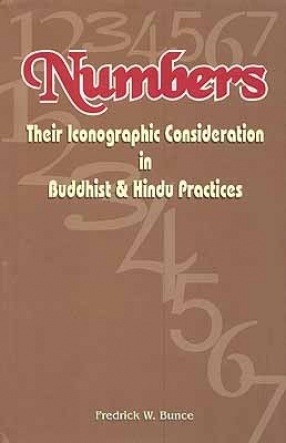
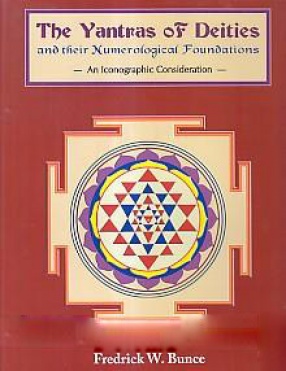
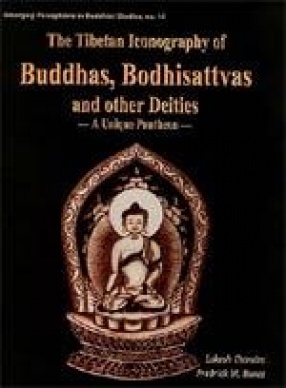
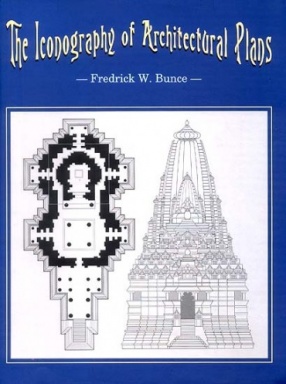

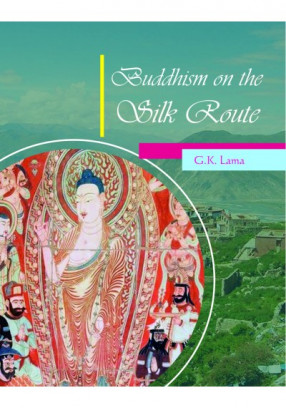
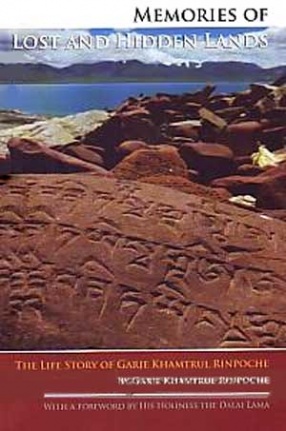
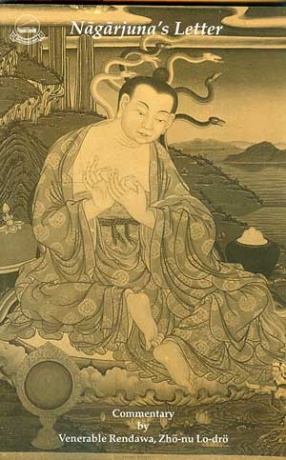
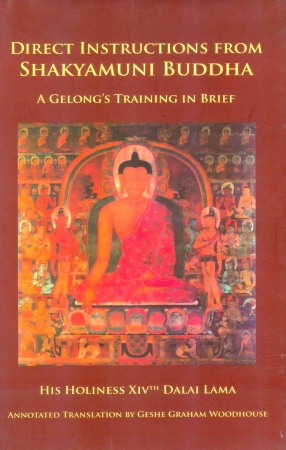

Bibliographic information